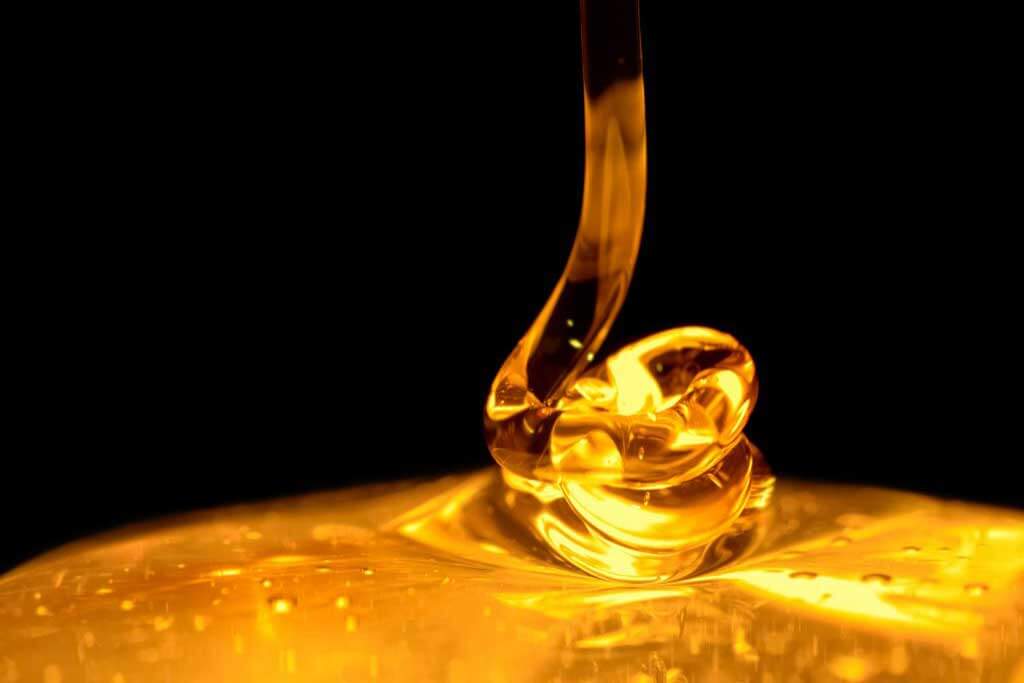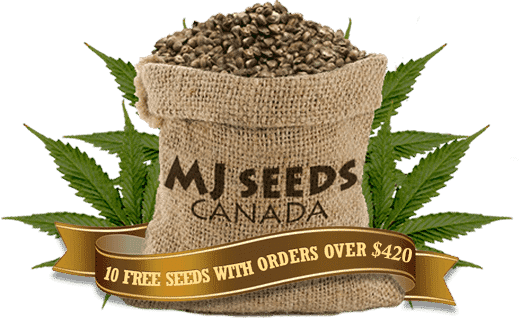
For hundreds of years, smoking has been an excellent and most accessible method to reap the potential benefits of marijuana. It didn’t matter then whether you do it with bong or joint. Marijuana has always been associated with a smoking method. But around 16 years ago, dabbing flared up onto the routine, and dabbing is associated with honey oil.
Dabbing
If you do not have an orientation about the process of dabbing – it draws in the method of vaporizing a concentrate then breathing in the resulting fumes. Although it may not seem distinct from smoking, dabbing was a huge surge forward in the usage of cannabis products.
Dabbing has made a remarkable shift in the cannabis industry simply because of this one simple term: concentrate. Concentrate refers to a more potent and stronger variant of the original.
Commonly, dabbing involves wax or shatter. However, these offbeat marijuana forms have to originate from somewhere, and that somewhere has been determined as honey oil – among other things.
Learning about Honey Oil
Honey oil is simply a non-technical description of hash oil. Hash oil has been recognized as honey oil because of the concentrate that is amber; you will presume it is honey.
So, what is it about honey oil that makes it great? Once again, it always boils down to the concentrate. Indeed, the quality of raw cannabis that you smoke normally has 20 percent of THC content. It is no question that it is a high THC – enough to deliver you to a virtuous trip. However, get that similar cannabis and subject it to a process of extraction, and you will be surprised to see the resulting concentrate with a THC content that ascends to 80 percent.
Uses of Honey Oil
Honey oil is practically used for a single thing: to create wax and shatter. These are two forms of marijuana that are most accessible in the process of dabbing. Consider honey oil as a progression period between the smoked bud and the thing you dab. Wax and shatter are simply the dried and cooled forms of honey oil.
Fundamentally, shatter is a concentrate of marijuana with its entire molecules mutilated one over the other. Due to the molecular structure, shatter is commonly crystalline and displays characteristics that are similar to peanut brittle.
On the other hand, the wax is a similar concentrate of marijuana with molecules in a mixed-up mess. Due to the molecular structure, the wax is commonly hazy and displays characteristics that are similar to coconut oil.
Honey oil can be vaporized, smoked, applied to the skin, or ingested.
Benefits of Honey Oil
The promising benefits of honey oil are the same as those related to marijuana. Honey oil may stimulate a euphoric feeling and help alleviate inflammation, nausea, and pain.
Because honey oil is stronger than other marijuana forms, its impacts are likely to be more potent too. As an output, it may give higher symptom alleviation for people who consume marijuana to manage medical illnesses, like cancer or chronic pain.
Further research is required to fully comprehend the distinct benefits of honey oil and its related products.
How to Make Honey Oil?
Honey oil is commonly formulated through the solvent extraction process. This simply tells that certain solvent such as carbon dioxide, chloroform, or isopropyl alcohol is pressed to the plant matter of marijuana to dismantle the trichomes and other chemical tidbits. Once the dismantling process is done, the solvent is taken out, keeping the terpenes, flavonoids, CBN, THC, and CBD behind.
The good thing about the process of extraction is that it can be carried out on all approaches of cannabis plant matter. You can use your trim, your venerable material, or your shake, perform the extraction method, and get a nice honey oil.
The form honey oil takes commonly relies on the process used in manufacturing, together with other considerations such as humidity, pressure, and heat.
Concentrates of marijuana are extracted in various approaches, including the utilization of the following:
- Ice
- Carbon dioxide
- Oxygen
- Non-solvent procedures including drying and physical isolation of plant material
Honey oil is formed by packing the plant material of cannabis into a test tube. A screen is attached to one end of the tube. The tube is placed on top of a glass dish, and a certain chemical solvent like butane is infused through the remaining end of the tube.
The plant material of the cannabis heats up and produces trichome-abundant oil and cannabinoid that drizzle out of the fended end of the tube into the bowl. The oil is generally cleansed through heated water to get rid of any solvent excess and to further cleanse it.
Butane Extraction
Butane is the most used solvent, so you will commonly hear people talking about butane extraction. After blowing the butane with the plant material of marijuana, the butane is permitted to evaporate, keeping only the honey oil. Wrongly using it with a DIY-attempt to formulate a honey oil can lead to a critical injury and can even cause death. It would be safe to let those with enough experience to perform the task rather than exploring it yourself and experience an explosion.
Butane is a dangerous substance. You can even find traces of it in the oil you made once the whole steps are done. To include that in context, though, you should be breathing in small quantities of butane if you smoke the conventional bong. Hence, although butane extraction is the most known method to produce honey oil, there could be a less toxic and safer approach to produce concentrates.
Health Concerns of Honey Oil
Medical experts said that there is good proof that smoking cannabis does not cause harm to the lungs. However, no one is completely certain that concentrates create entirely safe solvents. They are merely new to the industry, and there was no sufficient clinical researches conducted yet, to draw a concrete impression.
Concerns have been tackled about the cleanliness of butane used in the making of honey oil. Many butanes marketed for dispensable lighters is roughly around 80 percent butane and may possess sulfur dioxide, thiols, and other kinds of chemicals.
There is also the cleanliness of the original product to contemplate. If you get contaminants on the plant, they are going pan out in the extract. Once the solvent evaporates, you will be concentrating those pieces of stuff – and that is the actual danger.
Side Effects of Honey Oil
The side effects of honey oil are the same as those connected to marijuana. Nevertheless, because honey oil is stronger than the other products of the marijuana plant, the side effects can be more serious:
Honey oil may manifest some short-term effects which are listed below:
- Changes in the mood
- Transformed perception
- Impaired cognition
- Impaired movement
- Impaired memory
- Paranoia and anxiety
- Fainting and dizziness
- Psychosis
- Hallucinations
- Dependence
- Cannabinoid hyperemesis syndrome (CHS)
Risks of Honey Oil
Honey oil, particularly the illegal one, demonstrates distinct risks. Some of the risks include the following:
Safety – Several studies are available that documents the risks of using honey oil. As an output, we are not certain whether it is harmless to consume, and if so, what is the dose and how often.
Tolerance – Because honey oil has plenty of THC, it can boost your tolerance to typical marijuana.
Potency – Honey oil is characteristically 4 to 5 times stronger than typical marijuana. As an output, it can be more likely to create an intense high and unpleasant side effects, particularly among those who are first-timers.
Burn risk – Dabbing comprises the use of a little blowtorch. Utilizing a blowtorch, particularly if you are high, can lead to burns.
Lung injuries – A study implied a possible association between the lung symptoms and the utilization of a dabbing tool the same to those of the condition of pneumonia.
Chemical impurities – Non-legal honey oil is uncontrolled and may have harmful butane levels, or other levels of chemicals.
Cancer risk – A study explained that the vapors created by dabbing have carcinogenic substances.
Legalities
Honey oil has a similar legal status as cannabis. In states where the use of marijuana has been legalized, honey oil is permitted. In states where the use of medical cannabis is authorized, honey oil for medicinal uses is also permitted.
You can check with the rules of your states to confirm whether honey oil is permitted in your area.
Conclusion
Should you consider trying honey oil? Why not? Although the risks associated with the use of honey oil have been disclosed, there is nothing more common with the risks related to bud smoking. Practically speaking, the quality of what you buy – whether it is a plant material or honey oil – is the most consideration.
Honey oil is a marijuana form that carries a high THC concentration. It likely possesses the same benefits and risks of marijuana. Nevertheless, because it is more potent, the benefits and risks can be more intense. Also, remember that honey oil that is produced from non-standard procedures or without further supervision may present the most hazards to the users.



